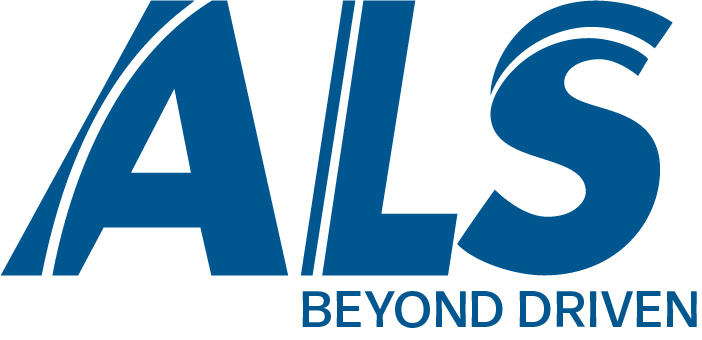The root of the client’s problem was that they had a decentralized supply chain strategy amongst their four plants. Because of this decentralized strategy, they weren’t capitalizing on the synergies and efficiencies of their entire network, and instead, all the plants were making independent decisions. All four plants had similar suppliers, similar routes, and similar shipping locations but they weren’t maximizing their scale by using one centralized logistics strategy.
Another challenge the client had was a lack of day-to-day shipment visibility, presenting them with some significant challenges with optimizing their KPIs. They could only assess the achievement of their objectives at the end of the year, limiting their ability to respond to their logistics operations throughout the year. This lack of a proactive strategy made it difficult for them to track and meet their landed cost KPI.

The Solution
ALS began by focusing on a segment-managed relationship with the client. Starting with one of the client’s facilities in Michigan, ALS created a logistics strategy that obtained all the appropriate inputs to be able to measure the client’s cost of transportation as a percent of inventory and provide them with day-to-day visibility.
Visibility
ALS brought the client’s PFEP (Plan For Every Part) file into their database and utilized that information to understand the client’s parts, inventory, and costs. ALS then implemented an upstream management tool to connect to the client’s release management data and imported that data into a Microsoft Power BI customized client dashboard. As a result, ALS was not only able to report out on the client’s historical and day-to-day visibility, but also give the client a proactive forecast that helped them meet their performance goals.
Upstream Management
With access to the client’s release management data, ALS could go out 6 weeks in advance to capture all the required release data that would allow for taking advantage of static and dynamic network optimization. Building in upstream management into the process helped the customer implement an intelligent strategy into their logistics spend, which was able to save the client money in every category.
Continuous Improvement Roadmap
By instituting ALS’ Continuous Improvement Roadmap process, ALS then reported out to the client monthly on static optimization initiatives (consolidating lanes and minimizing LTL volumes), procurement initiatives, mitigating general rate increases from LTL carriers, and scorecarding existing carriers. This process put focus on what mattered most to the client and held ALS accountable for driving continuous improvement in those areas.
The Results
While ALS started in a segment-managed relationship with one plant, the client quickly desired an enterprise-wide solution because of the value that ALS drove. ALS then embarked on a fully network-managed service strategy to support all of the client’s North American manufacturing locations that allowed them to capitalize on the synergies and efficiencies of their entire network.





